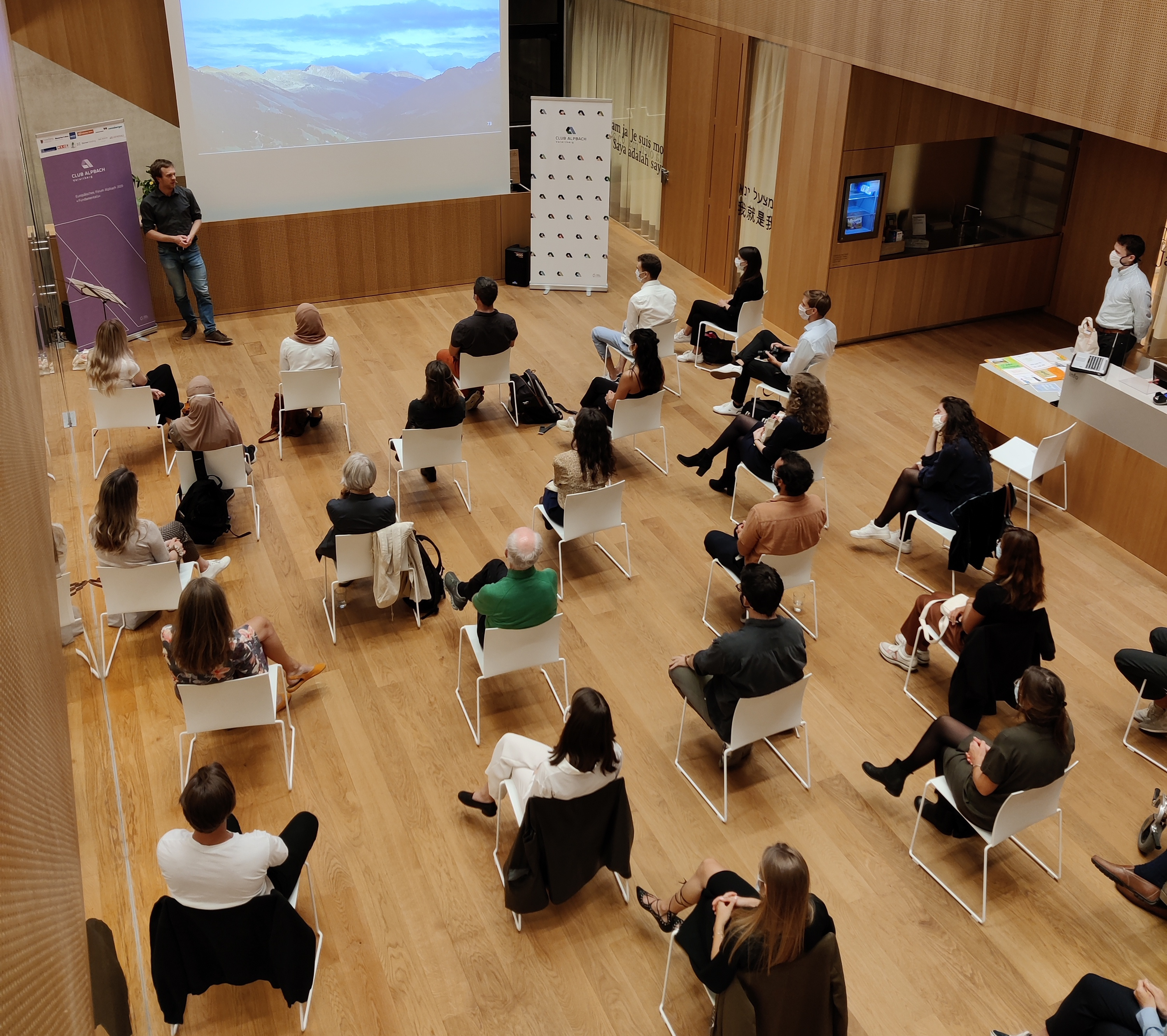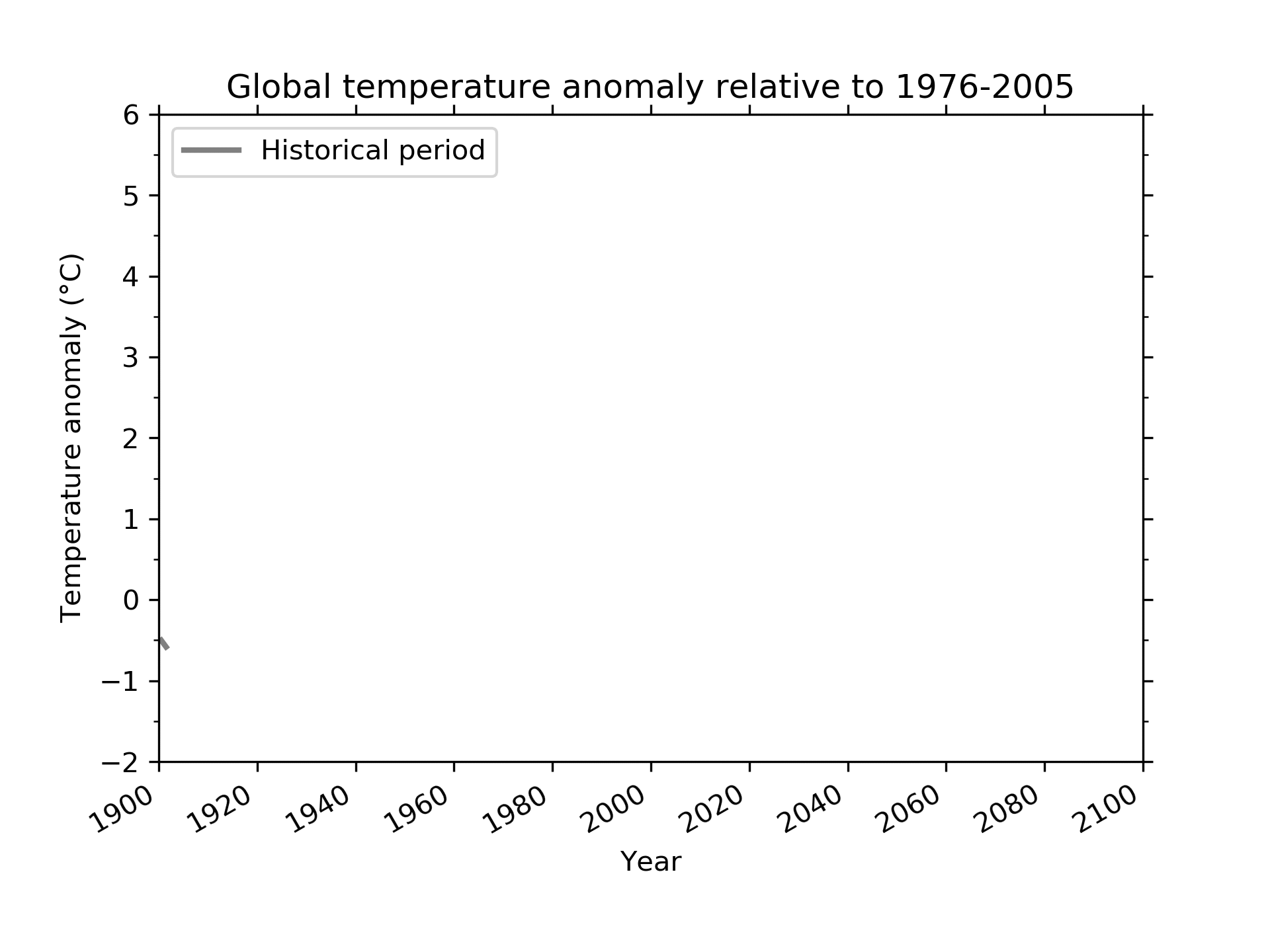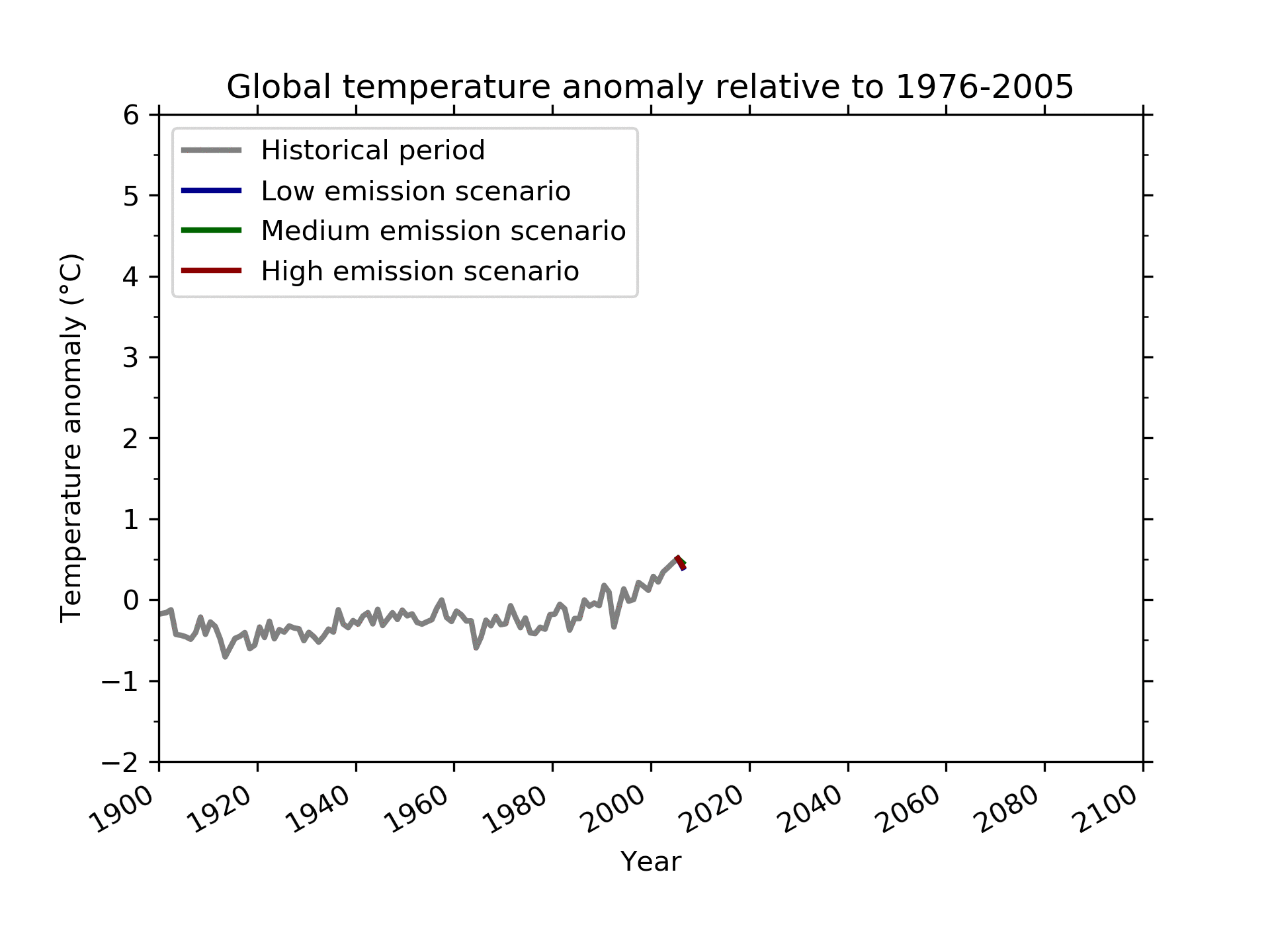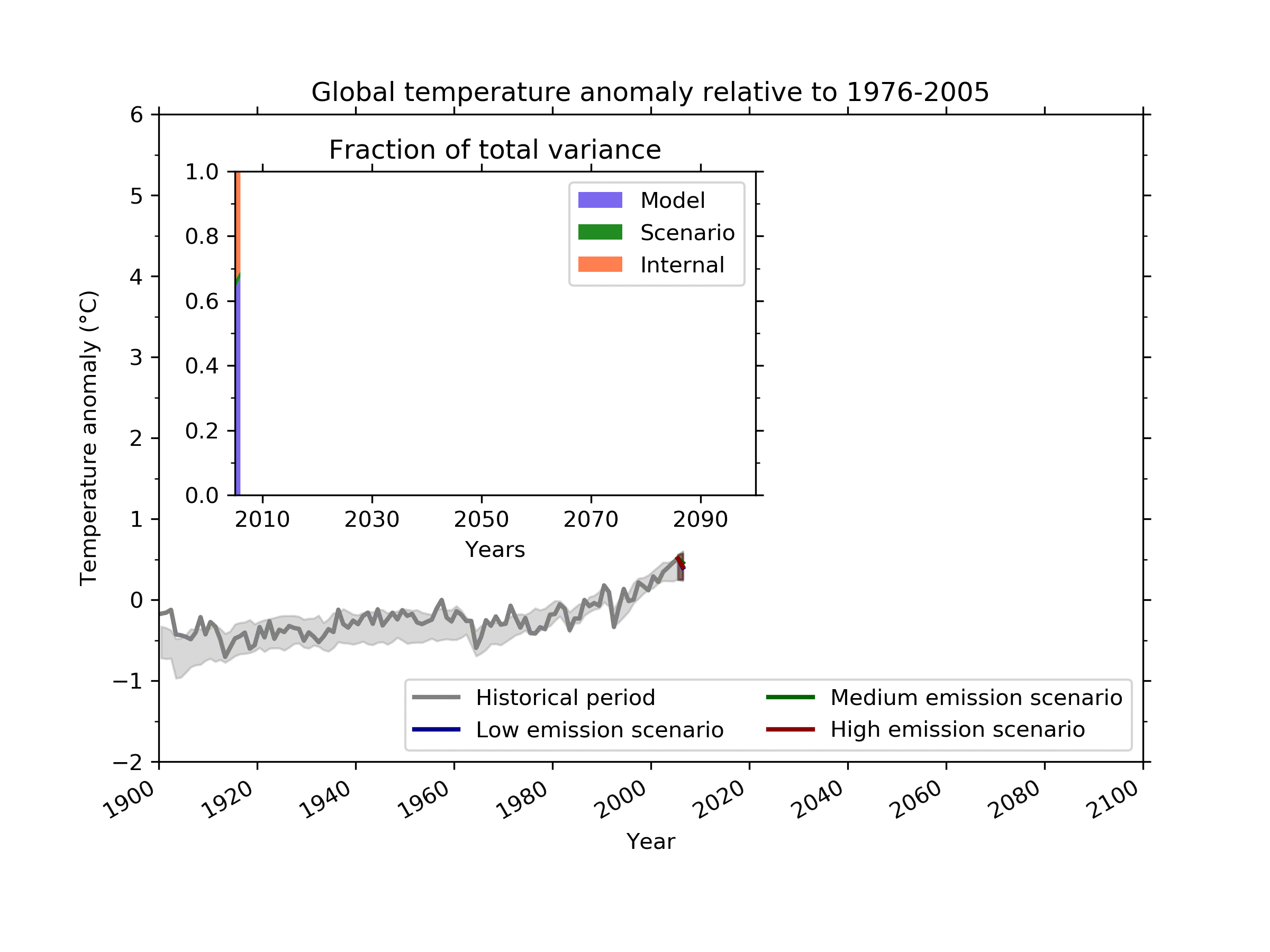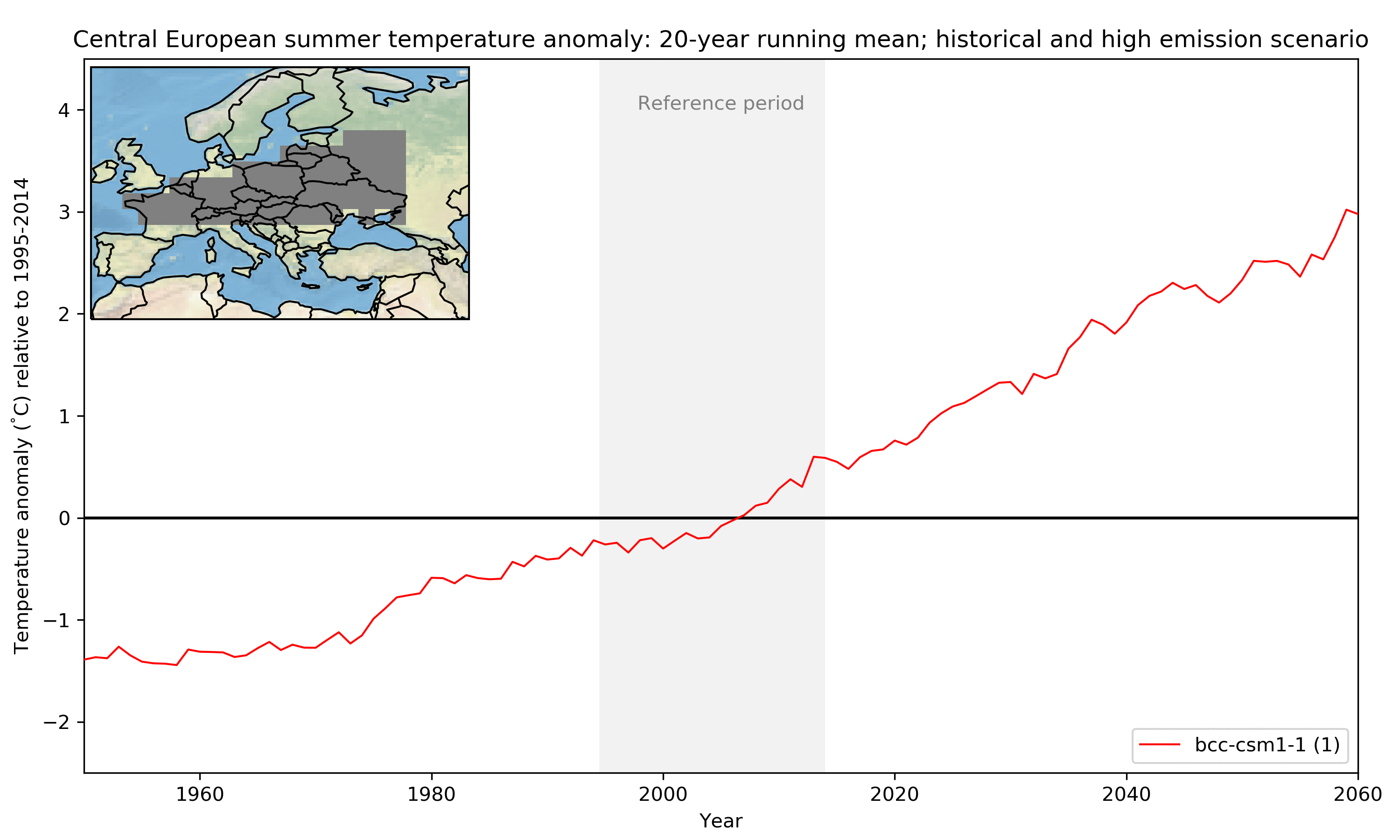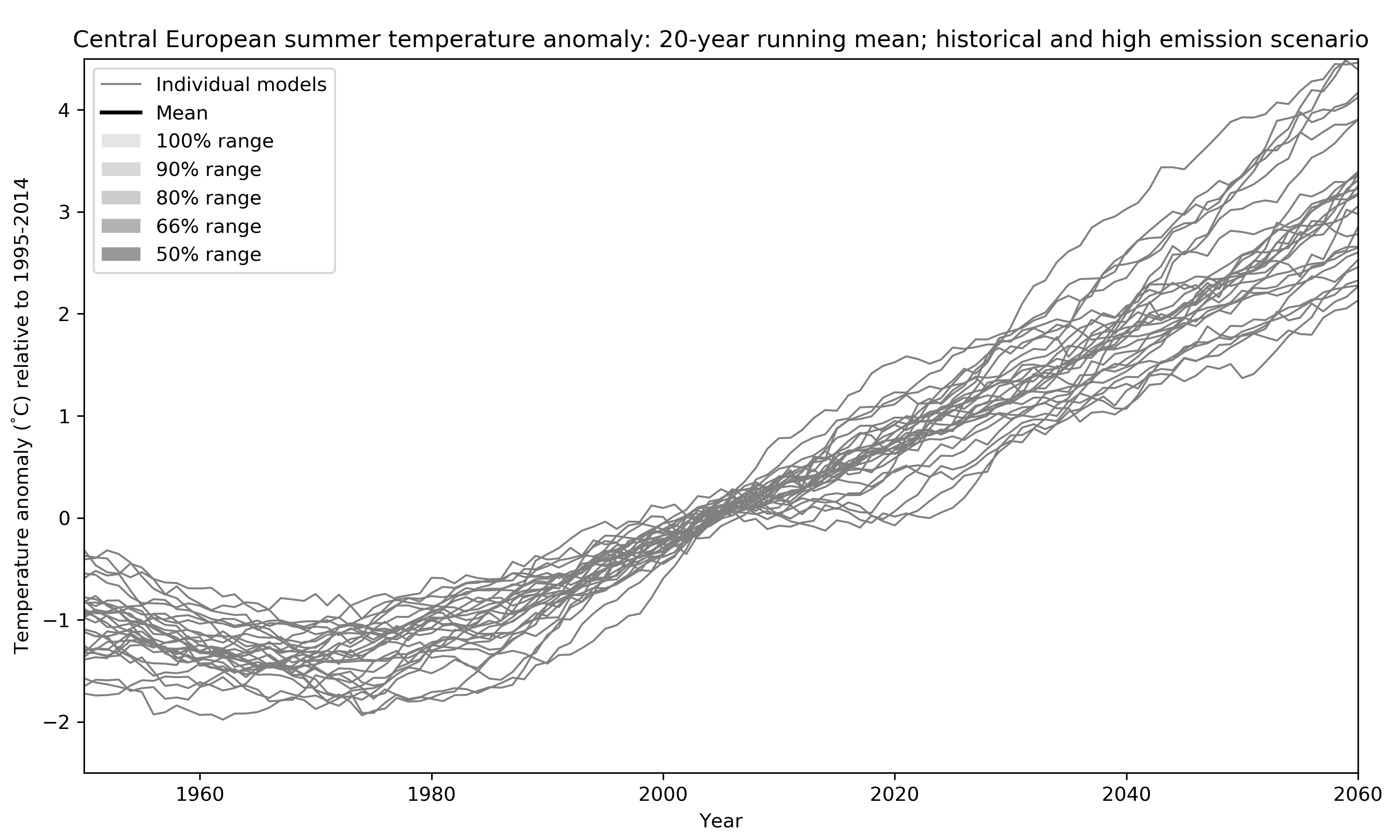Publications
Google Scholar
2021
Hegerl, G., A. P. Ballinger, B. Booth, L. F. Borchert, L. Brunner, M. Donat, F. Doblas-Reyes, G. Harris, J. Lowe, R. Mahmood, J. Mignot, J. Murphy, D. Swingedouw, and A. Weisheimer (2021): Toward Consistent Observational
Constraints in Climate Predictions
and Projections, Front. Clim., 3, DOI 10.3389/fclim.2021.678109
Download PDF
Sperna Weiland, F. C., Visser, R. D., Greve, P., Bisselink, B., Brunner, L., & Weerts, A. H. (2021): Estimating Regionalized Hydrological Impacts of Climate Change Over Europe by Performance-Based Weighting of CORDEX Projections. Front. Water, 3, DOI 10.3389/frwa.2021.713537
Download PDF
2020
Brunner, L., A. G. Pendergrass, F. Lehner, A. L. Merrifield, R. Lorenz, and R. Knutti (2020): Reduced global warming from CMIP6 projections when weighting models by performance and independence. Earth Syst. Dynam., 11, 995-1012, DOI:
10.5194/esd-11-995-2020
Download PDF
Brunner, L., C. McSweeney, A. P. Ballinger, D. J. Befort, M. Benassi, B. Booth, E. Coppola, H. de Vries, G. Harris, G. C. Hegerl, R. Knutti, G. Lenderink, J. Lowe, R. Nogherotto, C. O'Reilly, S. Qasmi, A. Ribes, P. Stocchi, and S. Undorf (2020): Comparing methods to constrain future European climate projections using a consistent framework. J. Climate, 33, 8671-8692, DOI: 10.1175/JCLI-D-19-0953.1
Download PDF
Merrifield, A. L., L. Brunner, R. Lorenz, I. Medhaug, and R. Knutti (2020):
An investigation of weighting schemes suitable for incorporating large ensembles into multi-model ensembles. Earth Syst. Dynam., 11, 807-834,
DOI: 10.5194/esd-11-807-2020
Download PDF
Lehner, F., C. Deser, N. Maher, J. Marotzke, E. Fischer, L. Brunner, R. Knutti, and E. Hawkins
(2020): Partitioning climate projection uncertainty with multiple Large Ensembles and CMIP5/6. Earth Syst. Dynam. 11, 491-508,
DOI: 10.5194/esd-11-491-2020
Download PDF
2019
Brunner, L., R. Lorenz, M. Zumwald, R. Knutti (2019):
Quantifying uncertainty in European climate projections using combined
performance-independence weighting. Eniron. Res. Lett. 14(12),
DOI: 10.1088/1748-9326/ab492f
Download PDF
2018
Brunner, L., N. Schaller, J. Anstey, J. Sillmann,
A. K. Steiner (2018): Dependence of present and future European
temperature extremes on the location of atmospheric
blocking. Geophys. Res. Lett. 45,
DOI: 10.1029/2018GL077837
Download PDF
Unterberger, C., L. Brunner, S. Nabernegg, K. Steininger, A. K. Steiner, E.
Stabentheiner, S. Monschein, and H. Truhetz (2018): Spring frost risk
for regional apple production under a warmer
climate. PLoS ONE 13, DOI: 10.1371/journal.pone.0200201
Download PDF
2017
Brunner, L. and A. K. Steiner (2017): A global perspective on
atmospheric blocking using GPS radio occultation – one decade of
observations. Atmos. Meas. Tech.,
DOI: 10.5194/amt-10-4727-2017
Download PDF
Brunner, L., G. C. Hegerl, A. K. Steiner (2017): Connecting
atmospheric blocking to European temperature extremes in
spring. J. Climate 30.2, pp. 585-594,
DOI: 10.1175/JCLI-D-16-0518.1
Download PDF
2016
Brunner, L., A. K. Steiner, B. Scherllin-Pirscher, and M. W. Jury
(2016): Exploring atmospheric blocking with GPS radio occultation
observations, Atmos. Chem. Phys. 16.7, 4593-4604,
DOI: 10.5194/acp-16-4593-2016
Download PDF
Other publications
Brunner L., M. Hauser, R. Lorenz, and U. Beyerle (2020): The ETH Zurich CMIP6 next generation archive: technical documentation. DOI: 10.5281/zenodo.3734128
Download PDF
Brunner L. (2018): A new perspective on atmopsheric blocking
from observations – detection, analysis, and impacts (PhD
thesis). Wegener Center Verlag Graz, Scientific Report
No. 76-2018,
ISBN: 978-3-9504501-3-2
Download PDF
Mohankumar, S. E. P., K. Mintz-Woo, M. Damert, L. Brunner, and
J. Eise (2018): Blogging Climate Change: A Case Study, In:
Addressing the Challenges in Communication Climate Change Across
Various Audiences DOI: 10.1007/978-3-319-98294-6
Download PDF
Brunner L. (2014): Stratospheric ozone and temperature
evolution over the past decades (Master's thesis). Wegener
Center Verlag Graz, Scientific Report No. 59-2014,
ISBN: 978-3-9503608-6-8
Download PDF
